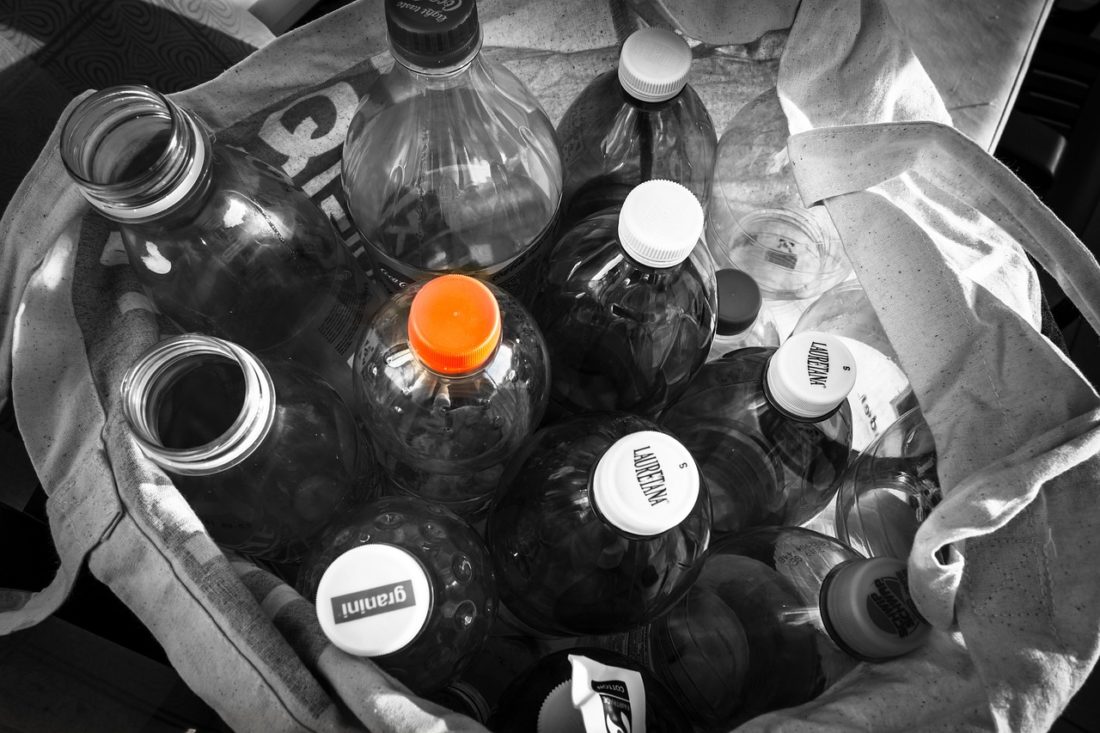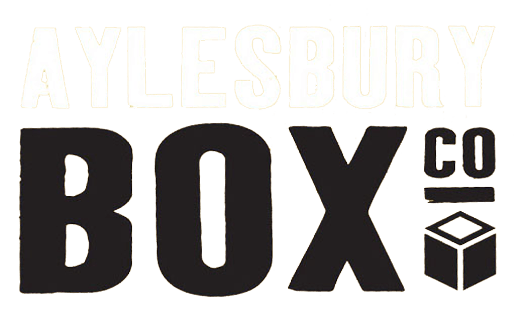
Why Switch From Plastic Packaging?
Did you know that 74% of the UK population favour a reduction in plastic packaging use? As a result, many of us are actively looking for brands that use alternative packaging materials. So, a growing number of producers and retailers are switching to more sustainable options. However, the latest data shows we have a long way to go.
The Big Plastic Count
Around 77,000 UK households took part in the 2024 Big Plastic Count. Was yours one of them?
For a week, each participant noted every item of plastic packaging that they disposed of. Additionally, the product that the packaging contained and the bin it was disposed of were recorded. Then this collective data was sent off.
Figures were received from across the country by the Revolution Plastics Institute at the University of Portsmouth. They work in partnership with Greenpeace and Everyday Plastic on this annual event. So, what do they tell us?
The Plastic Packaging Results are In!
The results are in and when you see them on paper, we think it’s shocking. Are you surprised to know that:
– The average household disposes of 60 items of plastic packaging each week
– Across the UK, that totals 1.7 billion single-use plastic packaging items per week and 90 billion a year
– UK households generate the second highest plastic packaging waste levels in the world, with only the USA creating more
– The majority of items were either snack wrappers or fruit & veg containers
– Only 17% of this was recycled in domestic waste bins and roadside collections
– Of the rest, 58% was incinerated, 14% was exported waste and 11% went to landfill
Recycling Plastic Packaging
Although some plastic packaging is recycled, the rate is far lower than other packaging materials including aluminium cans, glass and cardboard. The primary reason is that the UK has insufficient infrastructure to process the high volume of plastic packaging waste that we are getting through.
Whilst incineration prevents plastic packaging from piling up in landfill, it is not a sustainable option. That’s because, when burnt, plastic releases more CO2 than burning coal, along with toxins.
So, the organisations involved in the Big Plastic Count are sharing the data in a bid to encourage our Government, producers and retailers to take greater action. Let’s switch to alternative packaging materials and help buyers get what they desire with solutions that are easy to recycle or compost at home.
Alternative Packaging Materials
Fortunately, there are viable alternatives to Plastic . Producers can sell drinks and other liquids in cans or glass bottles. Snacks can be sold in paper or aluminium wrappers. Cartonboard and cardboard can make for practical food containers. Additionally, there are plant-based materials that perform like soft plastics, yet can be composted.
If you are looking to remove or reduce plastic in your packaging, we offer custom packaging design which can include:
– Moisture-resistant barrier coatings for cardboard that are 100% recyclable
– Food-safe cardboard packaging
– Paper and cardboard alternatives to plastic or foam void fill
– Tissue papers to line boxes and keep items clean and separate
– Printed cardboard retail packaging
The advantages of paper and card packaging are that they typically contain around 80% recycled content and over 70% is recycled. The UK has a far greater capacity to process paper and card. As a result, old boxes can be turned into new ones within weeks.
People want sustainable options, so let’s give them what they want! Our friendly team are happy to discuss your requirements and advise on the best options. Simply give us a call 01296 436888 or email enquiries@abcbox.co.uk.
Further information can also be found in the Confederation of Paper Industry (CPI) Guidelines, which recommends aiming for a maximum of 5% plastic content in packaging.




Sorry, the comment form is closed at this time.